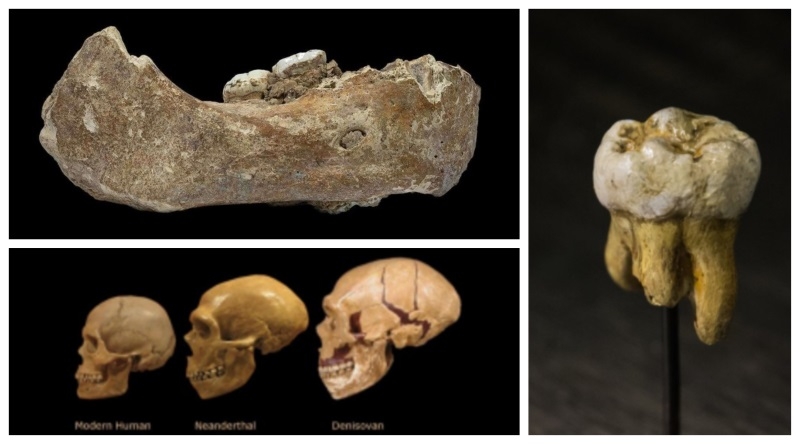Sherpa’s clue! Tibet’s newly discovered fossils put light on ‘mysterious’ extinct human species

Lhasa, May 3: Human evolution is one of the most challenging mysteries for mankind. From the beginning, human asked the questions about his origins. Now connecting another link in this search, as per new discovery, 160,000 years-old- fossiled jaw found in Tibet, this jew leads to new questions about evolution.
A 160,000-year-old mandible fossil may direct to the Denisovans, an ancient hominin group, adapted to living on the Qinghai-Tibet Plateau long before modern humans even arrived in the region, according to a study published online on Wednesday in the journal Nature.
A Buddhist monk found half of the lower jaw of the Denisovans, an extinct sister group of Neanderthals, in a cave in the 1980s. He gave it to a local religious leader before it reached scientists, who studied it for 9 years. Previous bone fragment discoveries and DNA analysis led to the hypothesis that the Denisovans lived near Siberia, but the new study, published Wednesday in the journal Nature, confirms the Denisovans were more widespread.
Denisovans are an extinct sister group to Neanderthals, known only from fossil fragments previously found at Denisova cave in Russia.
"The mandible is by far the earliest known hominin fossil on the plateau," said Zhang Dongju. He is an associate professor at Lanzhou University, China and also one of the authors of the study.
A team led by researchers from the Chinese Academy of Sciences, Lanzhou University and the Max Planck Institute for Evolutionary Anthropology (MPI-EVA), used ancient protein analysis to study the fossil, which is a hominin lower mandible that was found in a cave in Xiahe in China.
As per Zhang’s statement, These ancient hominins occupied the plateau in the Middle Pleistocene and "successfully adapted to high-altitude low-oxygen environments long before the regional arrival of modern Homo sapiens.
Our analysis paves the way towards a better understanding of the evolutionary history of Middle Pleistocene hominins in East Asia," said Jean-Jacques Hublin, director of the Department of Human Evolution at the MPI-EVA.
